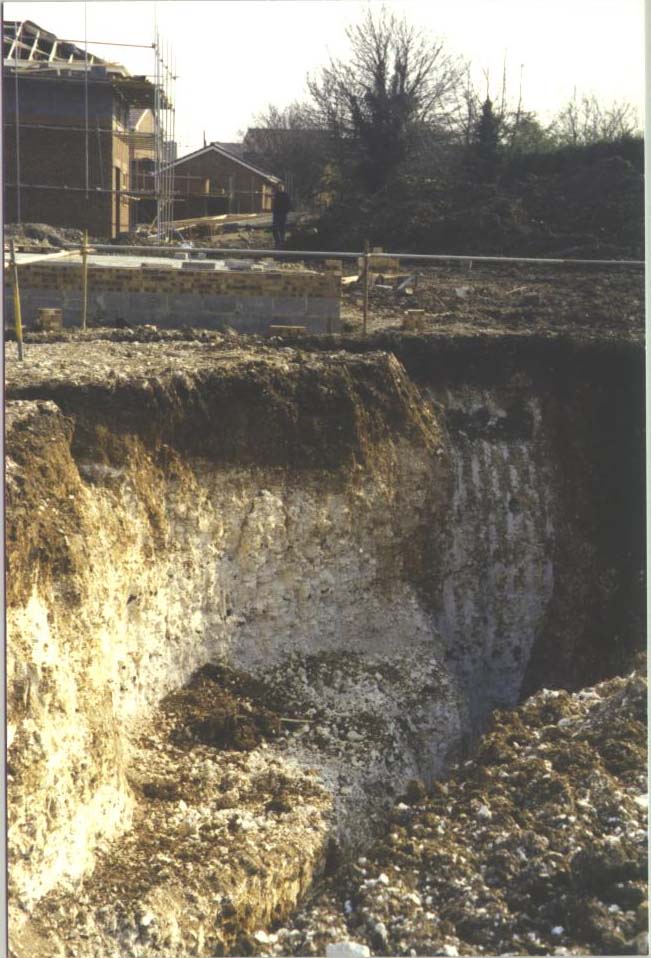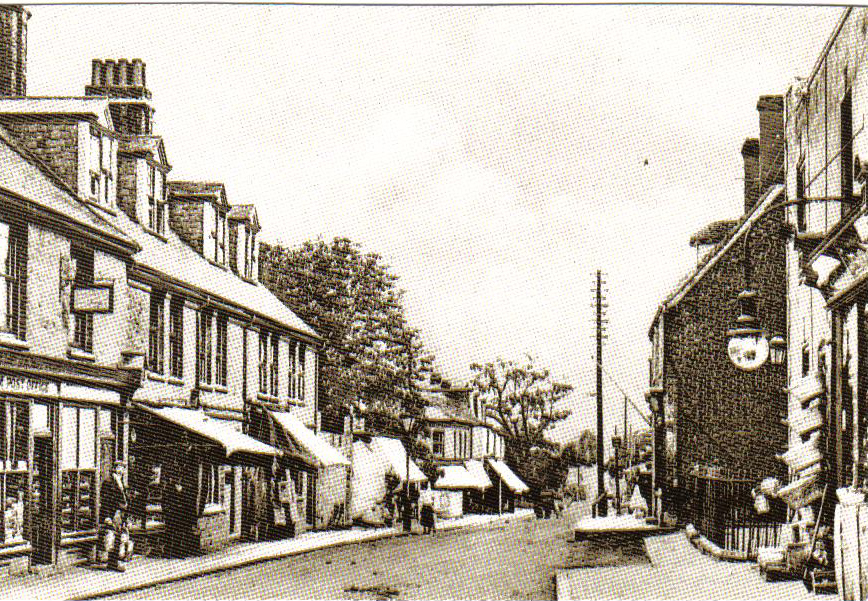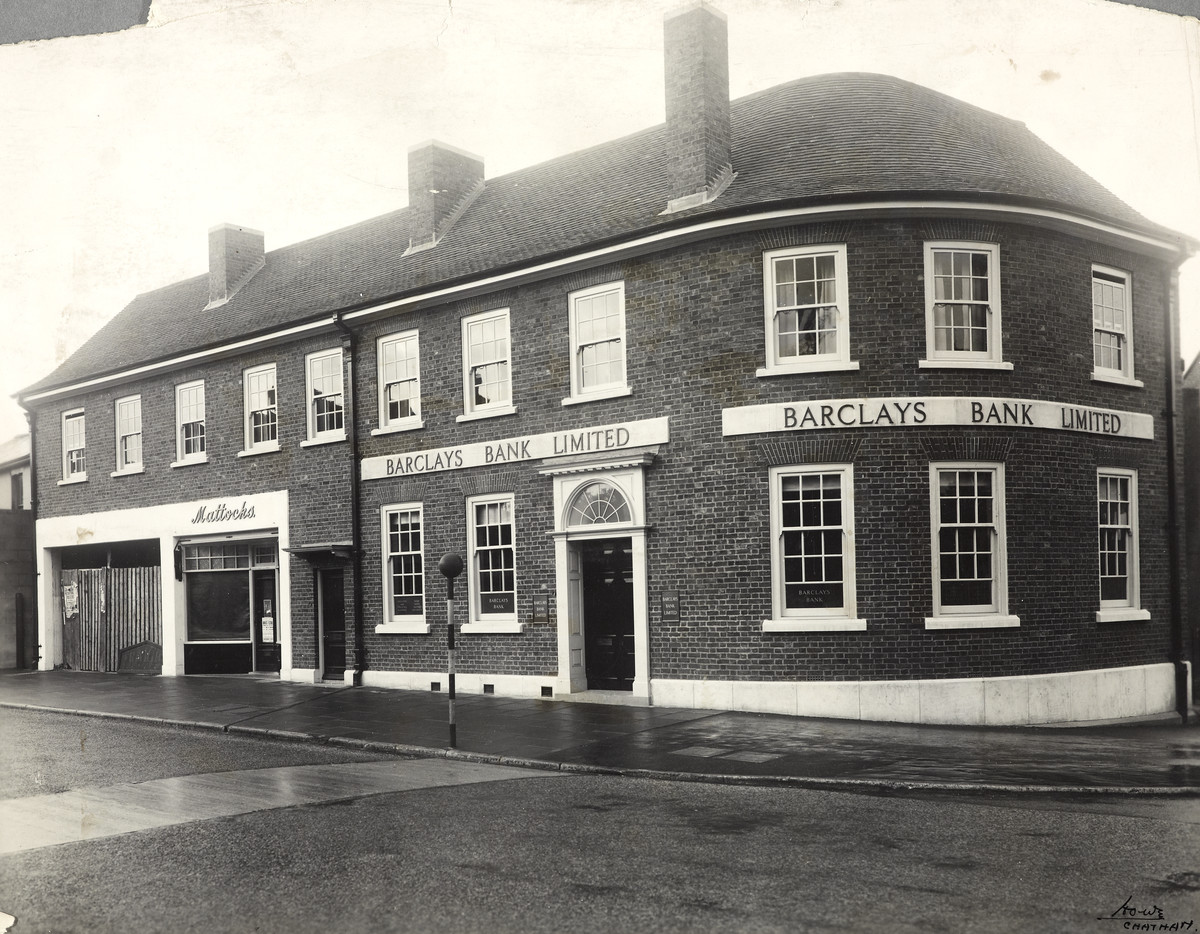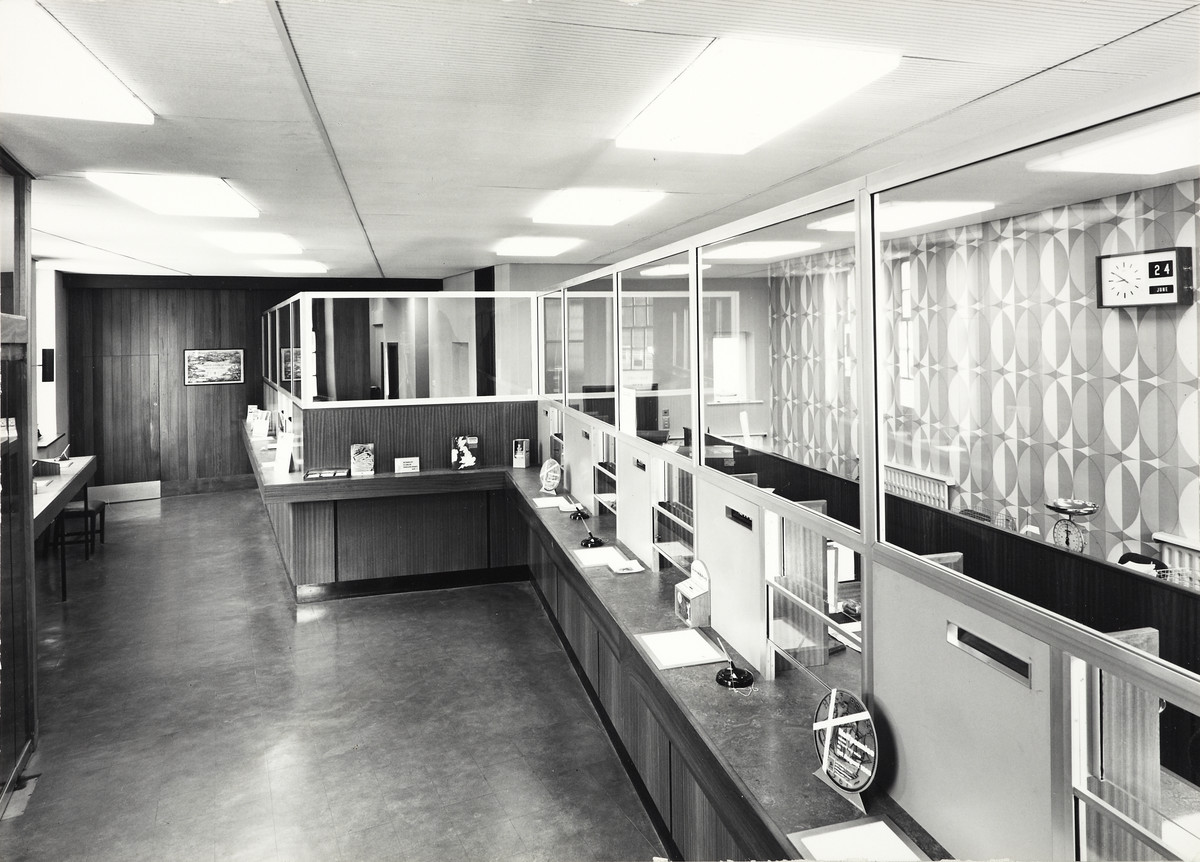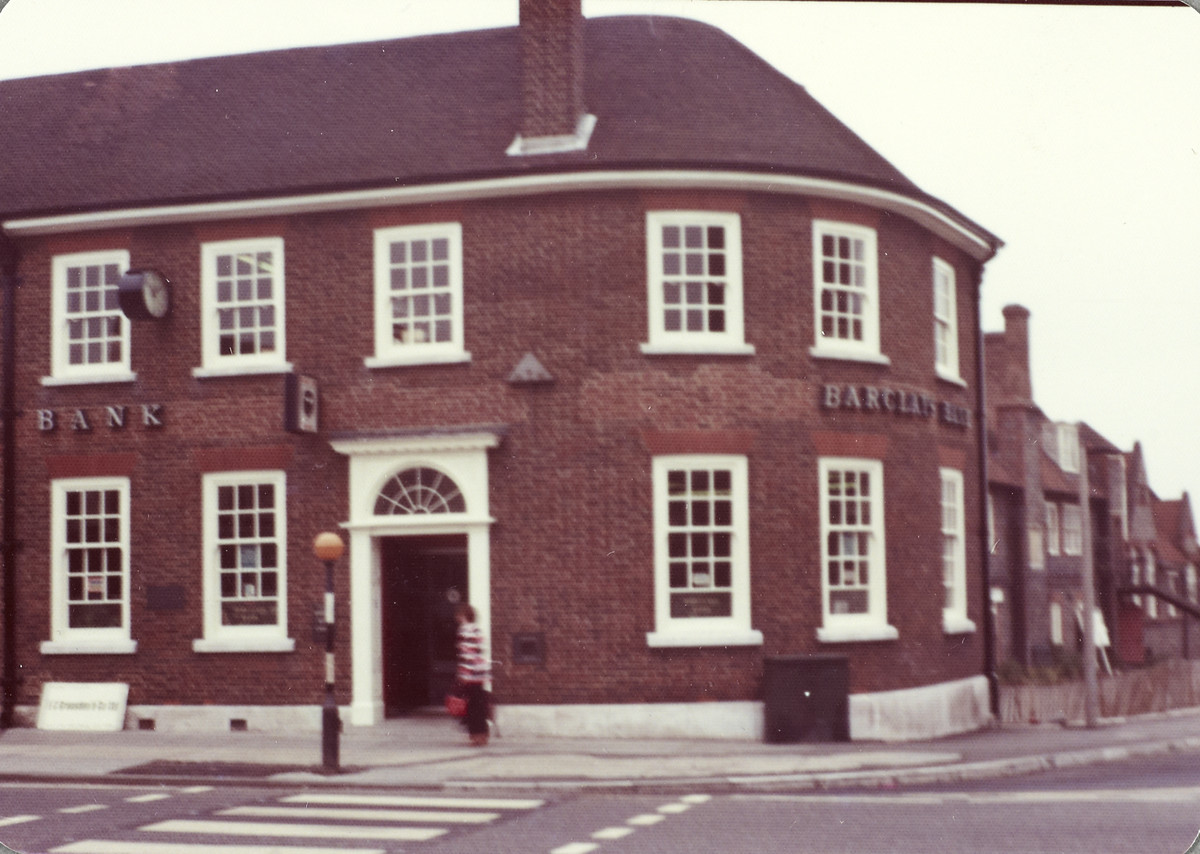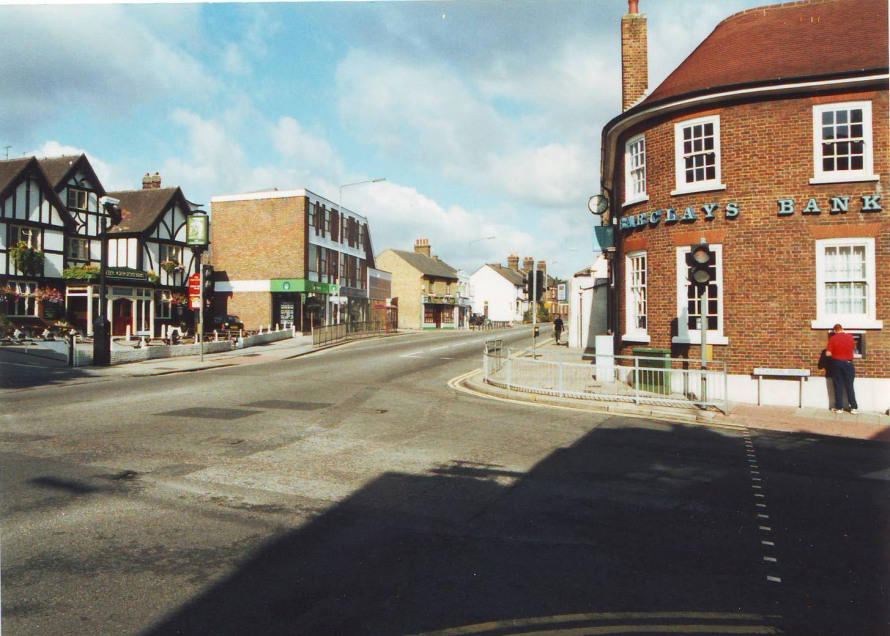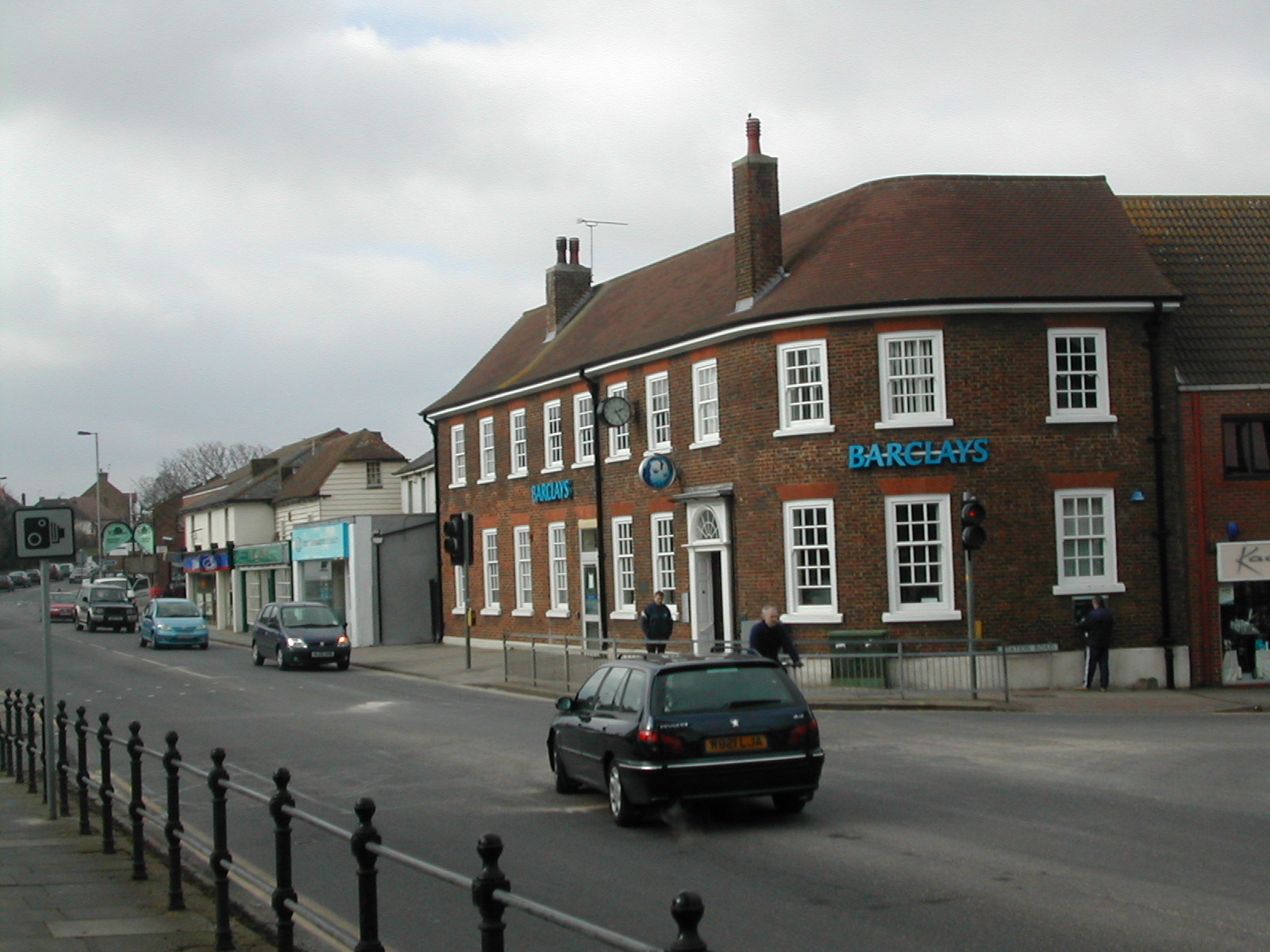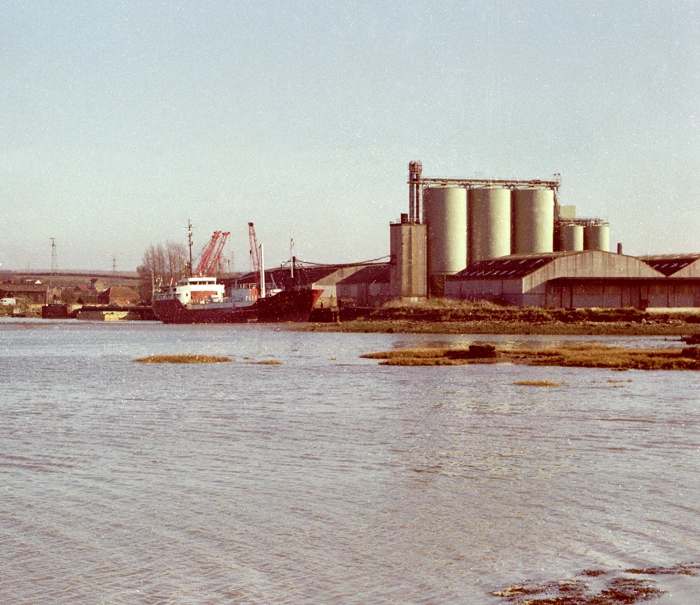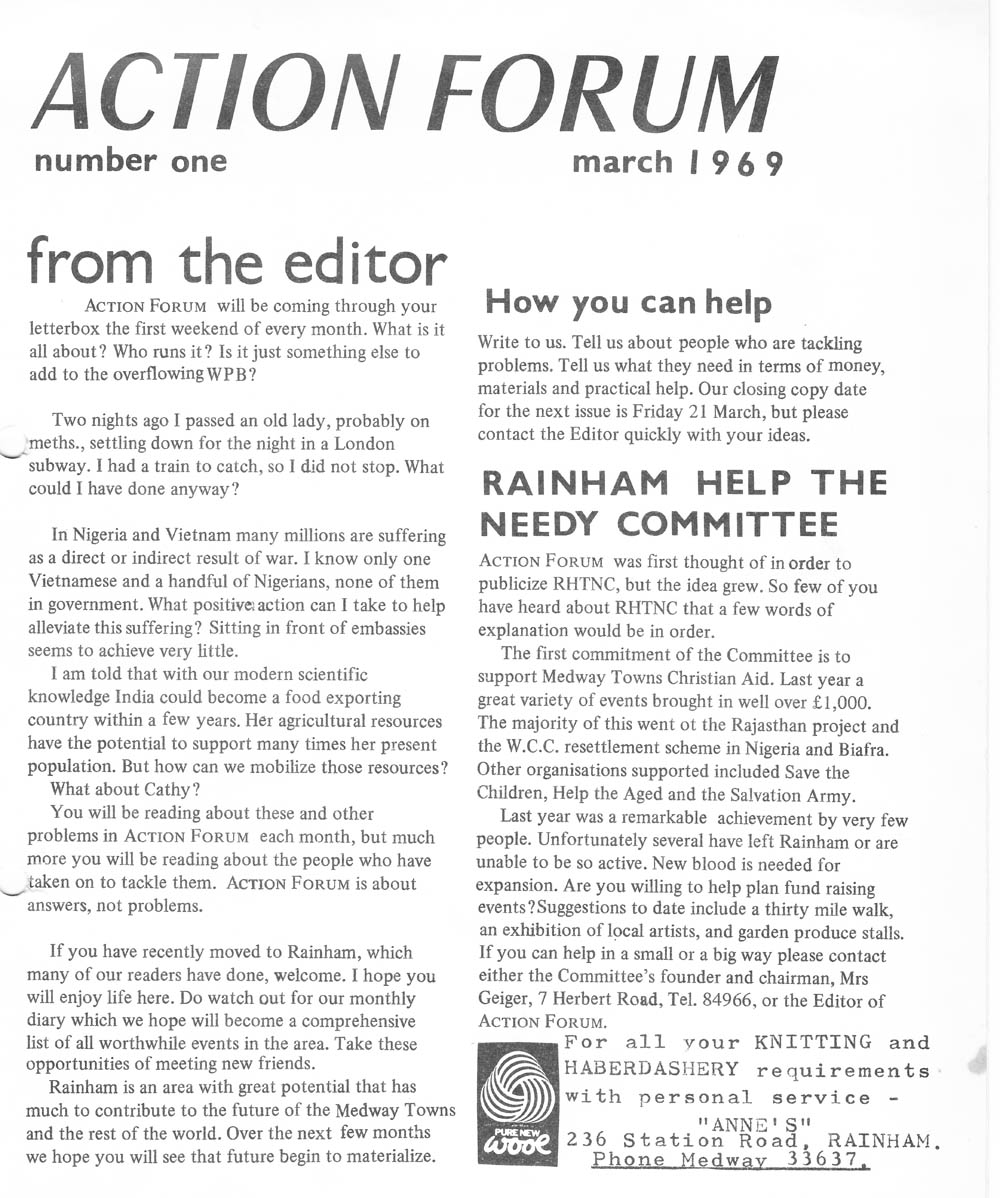My GGGG Grandfather Robert Chambers was christened on the 13th of July in 1777 (as Robert ‘Chandler’) at Hollingbourne, the son of Thomas and Elizabeth nee Kemsley. Not much is known as yet of Thomas Chambers background, confusingly his surname seems to have been spelt at times as Chandler. Elizabeth Kemsley’s family were originally from Bredhurst and were landowners/farmers for many generations in that area.
Robert Chambers married Ann Hales on the 26th of October in 1801 (as ‘Chantler’) at Chatham. The couple had at least 4 children together. Unfortunately, baptisms for their children have proved difficult to find, but we do know that they had the following children:
- Sarah Anne (1802 Hartlip)
- Richard (1805 Harltip)
- Ann (circa 1811)
- Robert (1818 Rainham)
Robert (snr) was possibly working as a ‘waterman’ in 1818 when his son Robert (jnr) was christened at Rainham on the 12th of April (this is assuming that the entry was recorded correctly, and it was not meant to read ‘woodman’). Again, the surname was recorded as ‘Chandler’.
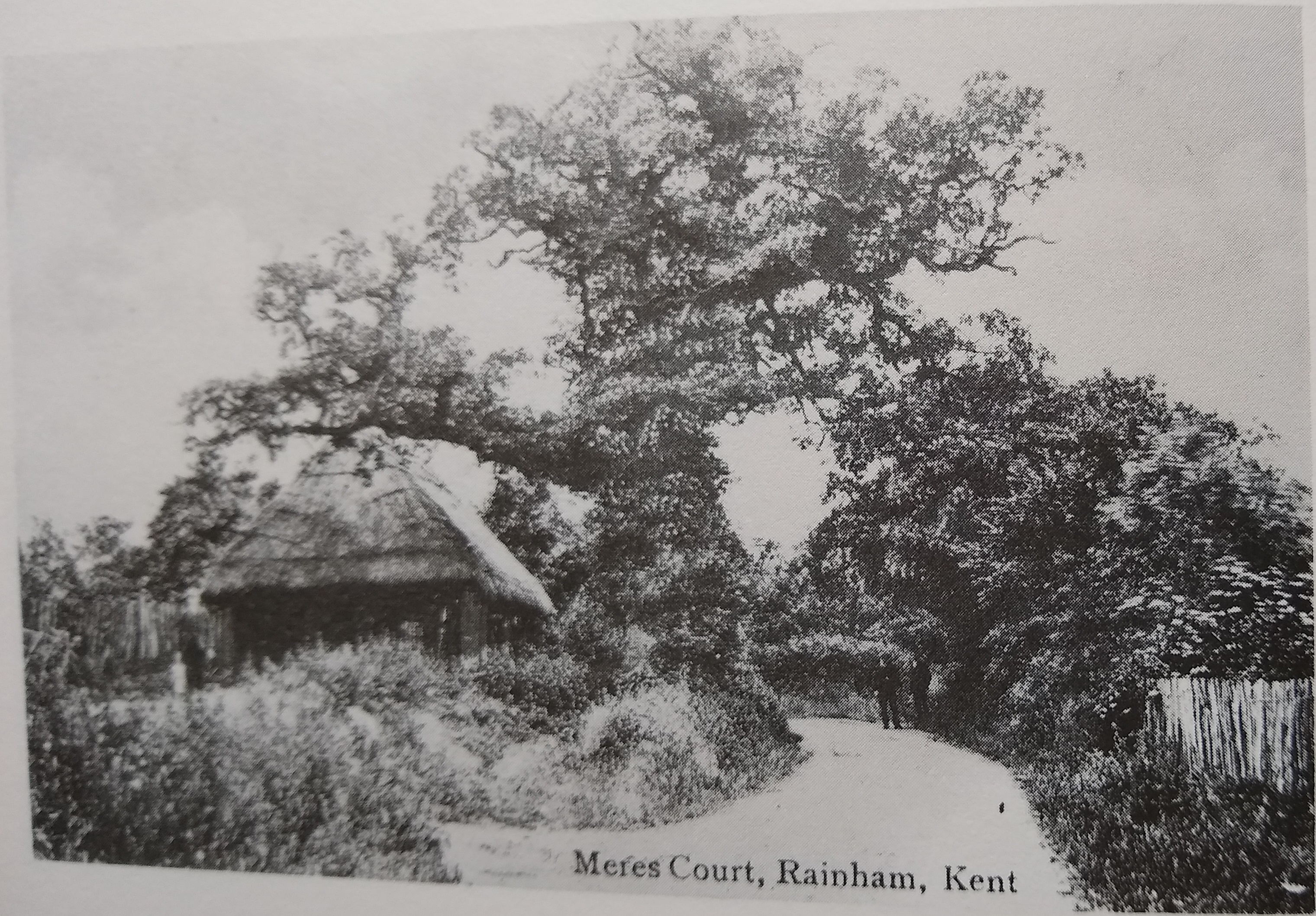
By the time the census of 1841 was recorded, Robert’s surname was spelt ‘Chambers’ and he was living at Meres Court in Rainham with his wife Ann, and his son Robert. The occupation of both men was recorded as ‘woodman’. In the census of 1851, they were again recorded as woodmen, and were still living at Meres Court.
The Maidstone Journal and Kentish Advertiser contained a notice which ran for a few years during the 1850-60s, mentioning Robert Chambers. It was reported that the Earl of Aylesford owned 114 acres of valuable underwood in woodlands located in Boxley, Bredhurst, Rainham, Kingsdown, Milsted, Borden, Newington, Stockbury, Thurnham and Maidstone. Robert Chambers was mentioned as a contact for those interested in viewing the falls, specifically located at Rainham. This Robert was more likely to have been Robert junior, as Robert senior would have been approximately 82 years of age at the time.
In the census of 1861, Robert (snr) and his wife Ann were still living at Meres Court, and he was recorded again as a woodman. Robert (jnr) had married Caroline Celine Allen on the 14th of January in that year.
Robert (snr) died in 1862 and was buried at Rainham on the 25th of June. He was recorded as having been 86 years of age. His son Robert (jnr) sadly died just 4 years later, on the 19th of May in 1866. It appears that Woodreve Cottage, and the position of woodreve, then passed to his nephew Charles Chambers (Grandson of Robert snr).
Charles was the son of Robert (jnr)’s brother Richard Chambers (1805), whose family lived at nearby Bredhurst.
Richard Chambers (1805) and his wife Jane (nee Callaway) had married at Gillingham in a double wedding with their siblings, Anne Chambers and William Callaway, on the 9th of August in 1829. Anne and William Callaway were my GGG Grandparents.
This was not the only Chambers/Callaway marriage to have occurred! Sarah Anne Chambers (1802) the sister of Richard (1805), Anne (1811), and Robert Chambers (1818), had married Robert Callaway (brother of Jane and William Callaway) earlier in 1824.
Charles Chambers married Eliza Kitchingham on the 4th of November in 1865, at St Margaret next Rochester. The couple would have raised their many children at Woodreeve Cottage. The census records of 1871, 1881, and 1891, record the family as living at Meres Court, with Charles working as a woodman or woodreve. In 1881 the address had been recorded as ‘cottage’.
In the census of 1901 Charles was recorded as a woodreve ‘in park and wood’. His six sons, who were still living at home, were working as wood cutters.
Charles died on the 25th of October in 1907 and was buried at Rainham on the 30th of that month.
In the census of 1911 Eliza can be found still living at the cottage, with 3 of her adult sons. William Chambers was 39 years of age and was recorded as the woodreve/wood keeper. His brother Thomas was a wood dealer, and his brother James a wood cutter. The address was now recorded as ‘Miers Court’.
William Chambers was christened on the 14th of April in 1872 at Rainham.
By 1939, William Chambers was an unmarried bachelor, living at Woodreve Cottage with his unmarried siblings. The siblings living with him were Thomas, Edith, and James.
In 1947 William Chambers died.
‘Death of Mr William Chambers:
Well known at Rainham, Mr. William Chambers, of Woodreeve Cottage, Miers Court Road, passed away on Saturday after a very short illness. Mr. Chambers, aged 74 years, was one of a large family who had been connected with farming for many years. He had been employed as a woodreve and gamekeeper by Messrs. H. and R. L. Cobb, auctioneers, and was a familiar figure at their sales in East Kent. He was a bachelor, but leaves three brothers – Messrs. James and Thomas Chambers who also reside in Miers Court Road, and Mr. Edward Chambers, of Natal Farm, Rainham. The funeral took place at Rainham Churchyard yesterday (Thursday)’ (East Kent Gazette, 11 January 1947, p5)
Woodreve cottage was occupied by many generations of the Chambers family spanning over 100 years. As we do not know when Robert (snr) initially began working as a woodreve, they may have been living there for much longer.
I am certain that my GG Grandfather, Robert Callaway, would have spent a lot of time at Woodreve Cottage. Robert Callaway was christened on the 1st of December in 1839, at Gillingham, the son of William Callaway and Ann nee Chambers (1811). Tragically his mother Ann died shortly after the birth of her son Richard in 1843, her baby boy passing away just a few weeks later. Robert was only about 4 years old at the time.
It appears that William and Ann’s children were then sent to live with Aunts and Uncles. Robert lived with his Uncle Robert Callaway and Aunt Sarah Ann (nee Chambers) at ‘Meresboro’, not far from his Grandparents at Woodreve Cottage. Also living at Meresboro, was Robert’s older sister Eliza (nee Calloway) who had married Thomas Boakes in 1854.
There is no doubt that Robert would have spent a lot of time with his relatives growing up in Rainham. I like to imagine him as a boy running between his home at Meresboro, and his Grandparents at Woodreve Cottage. I hope that after the sadness of his mother’s death he was comforted by growing up within a close-knit family, and playing with his many, many cousins who lived nearby.
By the time the census was recorded in 1861, my GG Grandfather Robert Callaway was a young man. He was recorded as boarding with the family of William Kitchingham. Also living with the Kitchingham family was his cousin Harriet Chambers (sister of Charles Chambers who was to live in Woodreve Cottage a few years later). Harriet was working for the family as a house servant and was recorded as having been just 13 years old. Perhaps Robert was tasked with looking out for his young cousin, it is almost certain her presence there was not just a coincidence.
Robert was still living with the Kitchingham family in 1871, at No. 12 Orchard Street. Just a couple of doors down, lived his widowed Grandmother Ann Chambers (nee Hales) with his cousin Elizabeth’s family. Elizabeth Callaway (daughter of Robert Callaway and Sarah Ann Chambers) probably felt more like a big sister to Robert, and by this time she was married to Robert Hales.
On the 4th of October in 1874, Robert Callaway married Ellen May (from Hadlow) at Rainham. His brother-in-law, Thomas Boakes, was recorded as a witness. I like to think that his two children (including my Great Grandmother) grew up visiting Woodreve Cottage and spending time with their many relatives living in Rainham.

